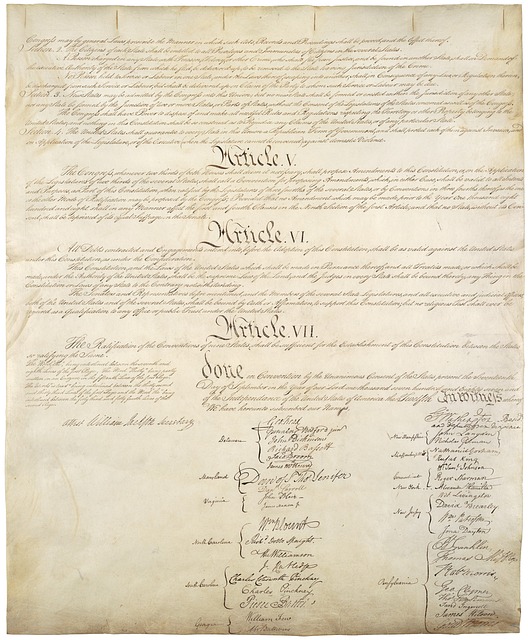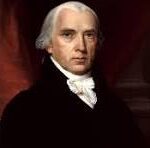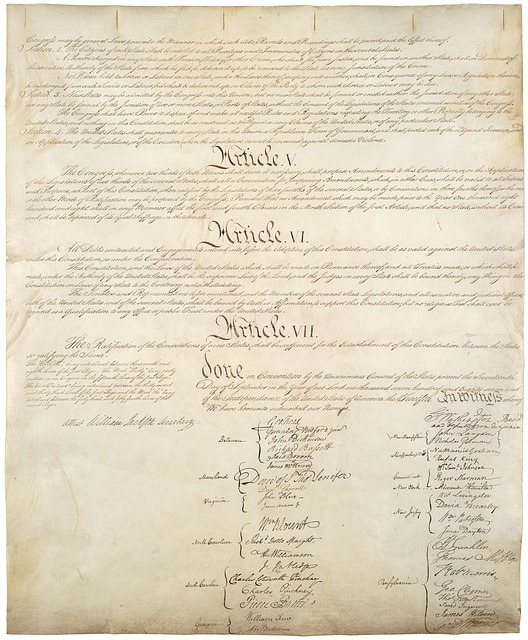The United States Constitution Evolution
1 . The United States Constitution, signed on September 17, 1787, established America’s national government and fundamental laws. Here are some key events related to its evolution:

2 . Articles of Confederation: Before the Constitution, the nation operated under the Articles of Confederation, which created a weak central government. The Articles were ratified in 1781 and lacked an executive branch or judicial system.
3. The United States Constitution, Constitutional Convention 1787:
- Constitutional Convention (1787): Delegates from 12 states convened in Philadelphia to draft a new constitution. They aimed to create a stronger federal government with three branches: executive, legislative, and judicial.
- Bill of Rights (1791): The first ten amendments were added to protect individual rights, including freedom of speech and religion.
4 . James Madison, one of the Founding Fathers of the United States, made significant contributions to the nation’s development. Here are some key accomplishments:

- Father of the Constitution: Madison played a central role in the Constitutional Convention of 1787. He drafted the Virginia Plan, which outlined the framework for a new constitution. His extensive knowledge and persuasive arguments helped shape the final document.
- Federalist Papers: Alongside Alexander Hamilton and John Jay, Madison co-authored The Federalist Papers. These influential essays promoted the ratification of the Constitution by explaining its merits and addressing concerns.
- Bill of Rights: As a member of the House of Representatives, Madison sponsored the first ten amendments to the Constitution, collectively known as the Bill of Rights. These amendments safeguard individual liberties.
- Secretary of State: Under President Thomas Jefferson, Madison served as U.S. Secretary of State. During his tenure, the Louisiana Territory was acquired from France.
- War of 1812: As the fourth President of the United States (1809–1817), Madison faced the War of 1812 with Great Britain. His leadership during this conflict solidified American rights on the high seas.
James Madison’s legacy extends beyond his presidency, leaving an indelible mark on American history.
5 . The United States Constitution drew inspiration from several sources during its drafting. Here are some key influences:
- European Legal Traditions:
European thinkers like Jean-Jacques Rousseau, Thomas Hobbes, John Locke, Voltaire, and Montesquieu significantly influenced the collective work that led to the Constitution. Their ideas on governance, individual rights, and separation of powers shaped the constitutional framework.
- Magna Carta:
The 13th-century Magna Carta served as a potent symbol of liberty and natural rights. While not directly incorporated into the Constitution, its principles—such as trial by jury, protection against excessive fines, and forbidding taxation without representation—inspired the Founding Fathers².
- Emerging Nations:
Beginning in the mid-19th century, European colonies and emerging nations referenced the U.S. Constitution. Latin American countries adopted similar federalist frameworks, influenced by American republican and democratic practices. Nationalists like Jose Rizal (Philippines) and Sun Yat-sen (China) drew inspiration from the Constitution in their calls for political reform¹.
In summary, the U.S. Constitution was shaped by a blend of European philosophy, historical precedents, and the quest for liberty.
6 . The United States Constitution Amendments:
Since the United States Constitution was ratified in 1789, 27 amendments have been ratified, out of 33 passed by Congress and sent to the states². Let’s explore some significant ones and their key figures:
- First Amendment (1791):
James Madison, to secure support for the Constitution, drafted the Bill of Rights during the first session of Congress. The First Amendment protects the freedoms of religion, speech, press, assembly, and the right to petition the government.
- Second Amendment (1791):
The text reads: “A well-regulated Militia, being necessary to the security of a free State, the right of the people to keep and bear Arms, shall not be infringed.” Interpretations of this amendment continue to fuel debates over gun rights.
- Thirteenth Amendment (1865): Abraham Lincoln played a crucial role in its passage. The amendment abolished slavery in the United States.
- Fourteenth Amendment (1868): Reconstruction-era amendment granting citizenship and equal rights to African Americans. It was a response to the Civil War and aimed to protect the rights of freed slaves.
- Nineteenth Amendment (1920):
Suffragists like Susan B. Anthony and Elizabeth Cady Stanton advocated for women’s right to vote. The amendment extended voting rights to women. These amendments reflect pivotal moments in American history and the tireless efforts of those who championed them.
- Landmark Court Cases: Court decisions, like Marbury v. Madison (1803), shaped constitutional interpretation and established judicial review.
- Reconstruction Amendments: After the Civil War, the 13th, 14th, and 15th Amendments abolished slavery, granted citizenship, and ensured voting rights for African Americans. The Constitution remains a living document, adapting to the changing needs of the nation.
Sources:
(1) U.S. Constitution: Articles, Ratifying & Summary – HISTORY. https://www.history.com/…/united-states…/constitution.
(2) History of the United States Constitution – Wikipedia. https://en.wikipedia.org/…/History_of_the_United_States….
(3) Timeline of the Constitution | Teaching American History. https://teachingamericanhistory.org/…/convention/timeline/.
(4) 10 Major Accomplishments of US President James Madison. https://learnodo-newtonic.com/james-madison-accomplishments.
(5) James Madison | Biography, Founding Father, Presidency …. https://www.britannica.com/biography/James-Madison.
(6) The United States Constitution: Origins and Influences. https://soapboxie.com/…/The-Origins-of-the-United….
(7) How Did Magna Carta Influence the U.S. Constitution? https://www.history.com/…/magna-carta-influence-us….
(8) Global Influence of the U.S. Constitution – Pieces of History. https://prologue.blogs.archives.gov/…/global-influence…/.
(9) The Drafting Table | Constitution Center. https://constitutioncenter.org/the…/drafting-table.
(10) All Amendments to the US Constitution – HISTORY. https://www.history.com/…/amendments-us-constitution.
